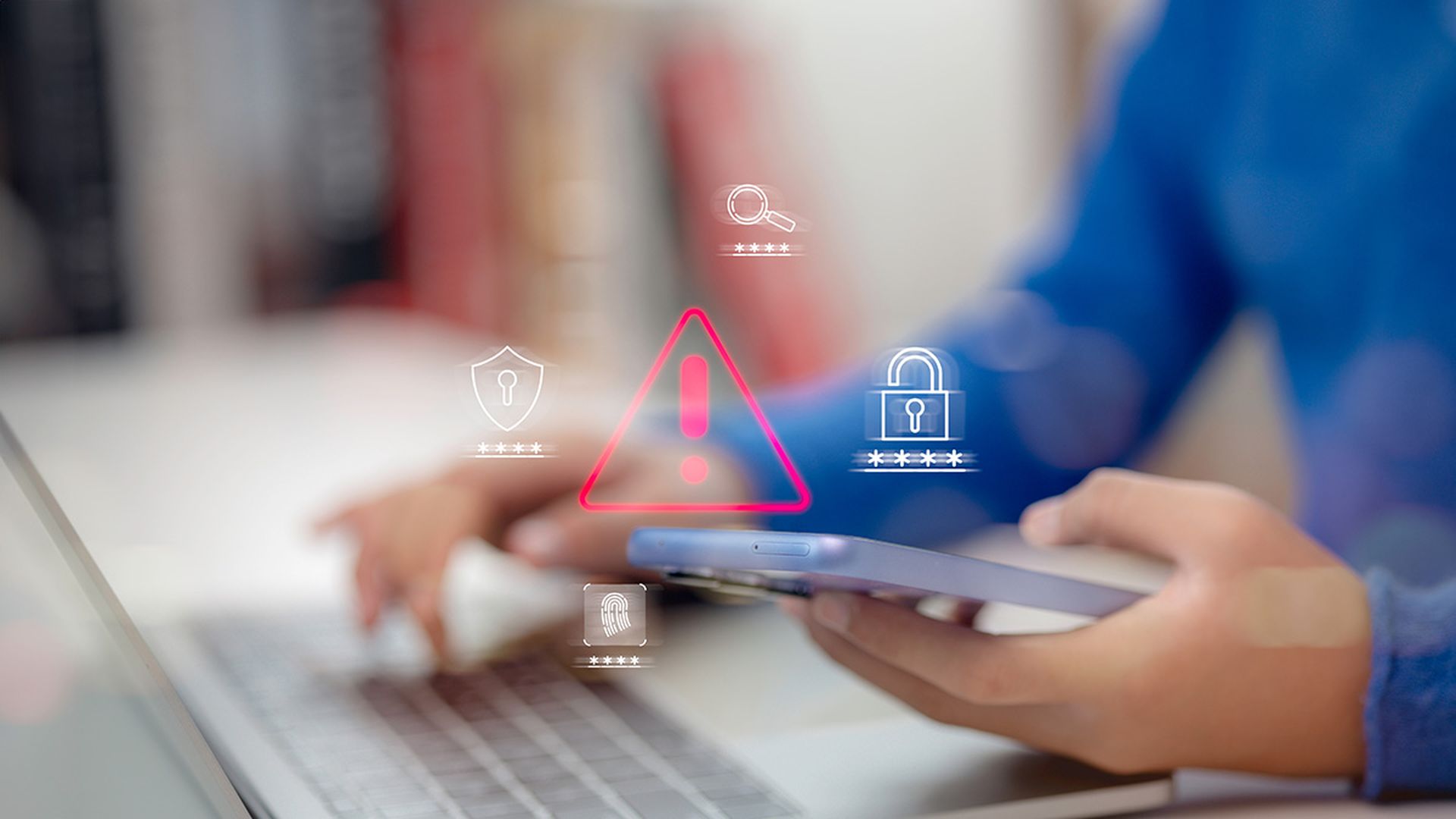Mobile security remains a hot topic, and has become even hotter since the pandemic, when professionals switched from static desktop working to becoming more flexible and became more reliant on their handsets.
As an enterprise security professional, I’m constantly asked questions about what we can expect in terms of trends, so I’ve listed them below with my responses.
Mobile Security Trends for 2022
Q: What are the trends for mobile security in 2022?
A: In 2022, there would be three main trends that we would continue to see rise.
- The improvement and adaptation of security and information technologies by organizations.
- The need to train or hire more information and cybersecurity specialists.
- The creation or enforcement of international cybersecurity standards and protocols that are aimed at not only preventing cyber threats but also how to deal with an active or ongoing attack.
Q: Is mobile security becoming more important for company leaders?
A: Yes, I believe so, and as it should be, the mobile threat landscape has continued to expand and evolve, with many companies now experiencing an attack.
Q: What are the most common security threats on mobile devices?
A: You’d be surprised that some of the most common security threats are so simple to do yet very effective, and that’s why bad actors use them a lot. More common social hackings include email phishing, scareware, text smishing, and spear phishing. These threats have a snowball effect as many of us are now connecting to our organization’s systems using our mobile (work and personal) devices while using unsecured or unencrypted Wi-Fi connections.
Also, last year, one U.S. survey showed that 46% of organizations had at least one employee download a malicious mobile application that threatened their organization’s networks and data in 2020.
Q: How have the threats changed in recent years? Are cyber criminals becoming more sophisticated?
A: Cybercriminals are becoming more sophisticated and creative because tools and technologies are becoming more sophisticated and powerful. But social engineering, which essentially uses psychological manipulation to trick targets into giving sensitive and confidential information, is still the same.
For example, the scareware tactic or rogue scanner software is a trick to scare or entice the target to download an app or click a link for whatever reason these creative bad actors have come up with. Another common trick is the ‘too good to be true’ offers like winning something or an excellent business opportunity that you can’t miss.
Q: What are the trends in terms of tackling these threats?
A: The use of authentication tools as part of a company’s mobile security strategy is one trend that will continue to gain importance and prominence. Authentication tools such as Microsoft Authenticator app for passwordless, multi-factor authentication, Google Authenticator, or LastPass Authenticator, to name a few.
Cybersecurity Job Outlook
Another is the rising demand for more information and security specialists to develop and counter these varying threats. As per the U.S. Bureau of Labor Statistics, the job outlook for cybersecurity jobs such as Information Security Analysts is expected to grow 33%, while Computer and Information Systems Managers is projected to rise at 11% in 2020-2030. The point is, cyber threats are not going away anytime soon, so the demand for cybersecurity experts is on the rise as well.
Lastly, the development of employers’ policies around employees’ mobile usage while protecting and separating personal and employer data.
Increasing enterprise mobile adoption in the last few years coupled with the pandemic conditions have presented a wealth of opportunities for cybercriminals to strike. However, the key for organizations is to be proactive in solving issues, especially in having the proper mobile app protection and information security tools.
Contributed blog courtesy of Avanade. Read more from Avanade here.




